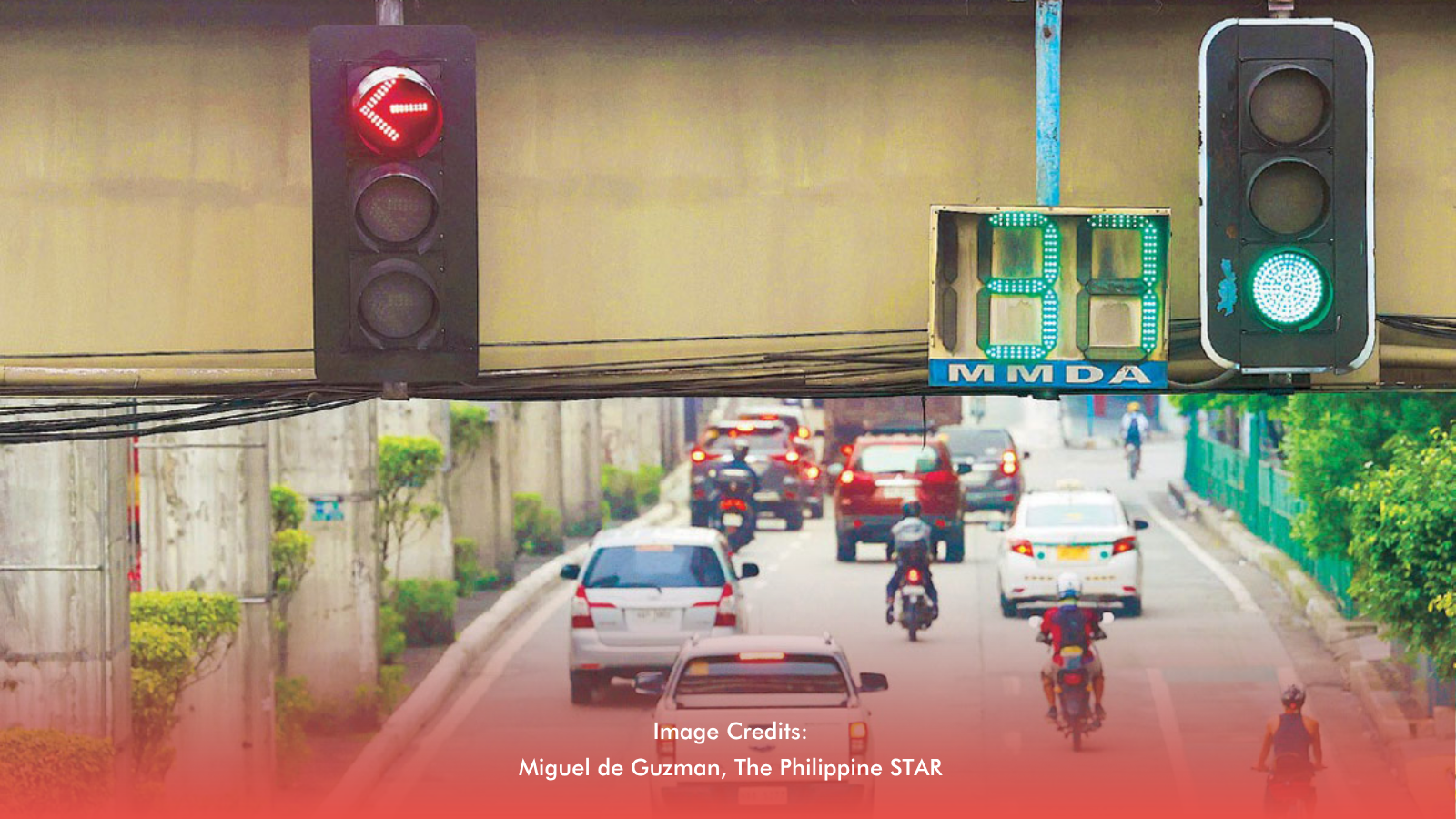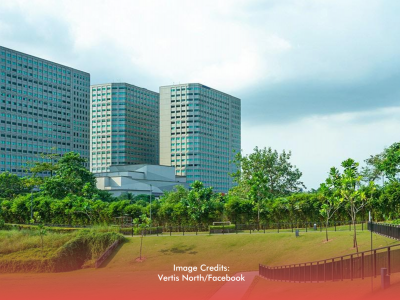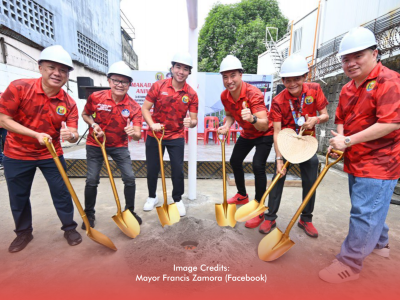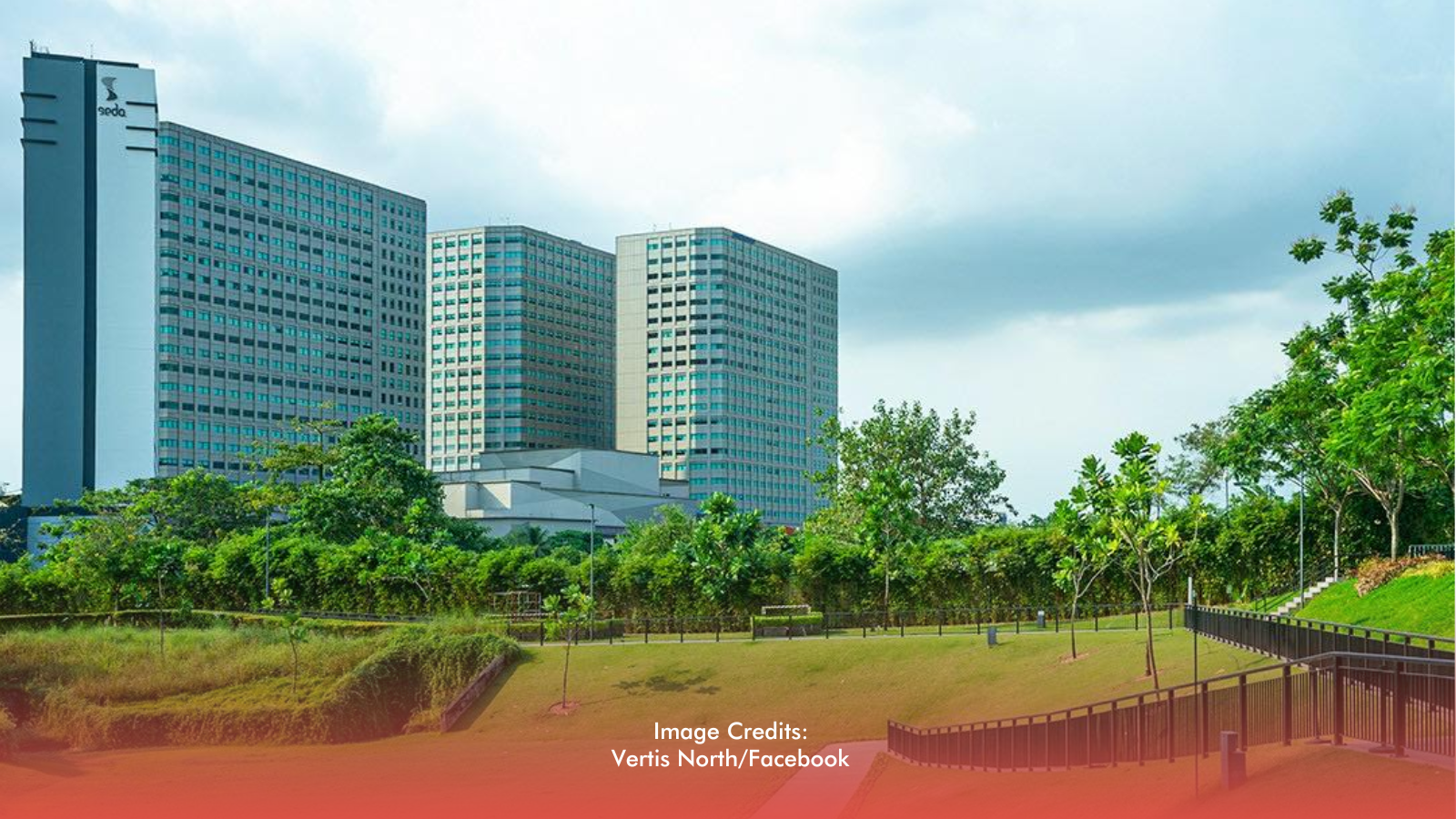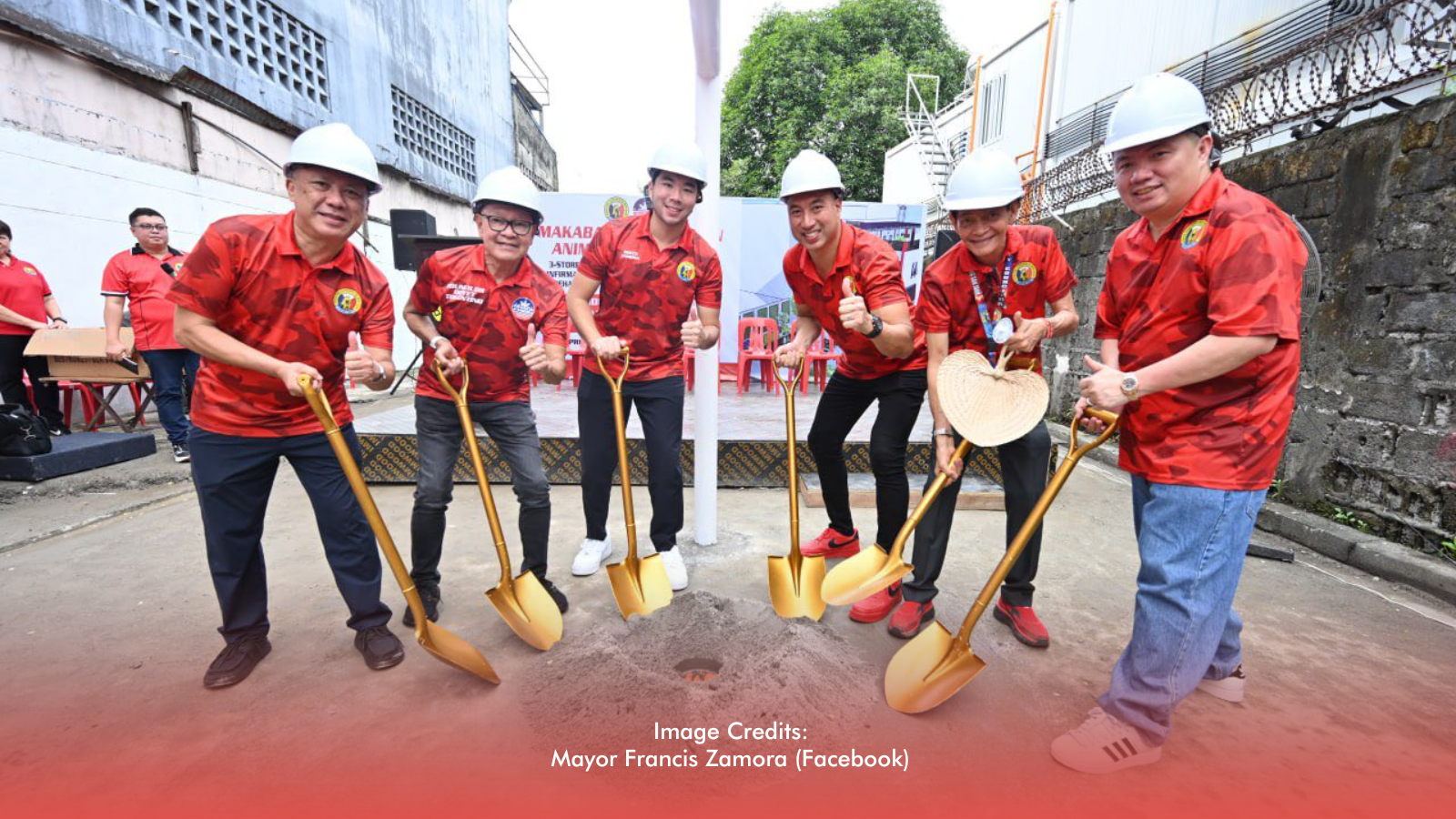The Metropolitan Manila Development Authority (MMDA) is preparing to launch an AI-powered adaptive traffic signaling system as part of its ongoing effort to address traffic congestion in Metro Manila. The initiative, which will begin implementation in 2026, is expected to streamline traffic flow using smart video analytics and artificial intelligence.
The system, which adjusts traffic signals in real-time based on current vehicle volume and flow, will initially be deployed at selected intersections in Manila before being expanded throughout the capital region. This marks a major step forward in the MMDA’s shift toward more data-driven, automated urban traffic management solutions.
RELATED: [Public Reassured: MMDA Reviews All NCAP Violations Manually]
Smarter Signals for Smoother Flow
According to MMDA Chairperson Romando Artes, the upcoming AI-powered signaling system is designed to respond to real-time data and optimize signal changes accordingly. The project will utilize video detectors that can analyze vehicular movement and adjust traffic lights based on congestion levels.
“This new system will replace the current timer-based signals with intelligent ones that can assess traffic volume in real time,” Artes stated.
He explained that the smart signals will operate with minimal manual input, allowing for more efficient traffic control even during off-peak hours or unforeseen road incidents. The long-term goal is to establish seamless coordination among multiple intersections, improving travel time across Metro Manila.
Pilot Testing and Full Rollout by 2026
The Department of Science and Technology (DOST) is collaborating with the MMDA to ensure the technological soundness of the system before it goes live. Initial testing will begin in selected parts of Manila in 2025, with full deployment projected by 2026. The project forms part of MMDA’s broader Smart Urban Mobility Strategy, which also includes improving public transport and pedestrian facilities.
Artes highlighted the agency’s vision, saying, “The use of AI in our traffic signaling system is a game-changer that will lead to better traffic management and enhanced commuter experience.”
Currently, Metro Manila has over 400 signalized intersections, many of which still rely on fixed timers or outdated controls. With this upgrade, the MMDA hopes to bring its infrastructure in line with global best practices and reduce the city’s notorious gridlocks.
If successful, the AI system could serve as a model for other highly congested cities in the Philippines, signaling a shift toward smarter, tech-enabled governance.

